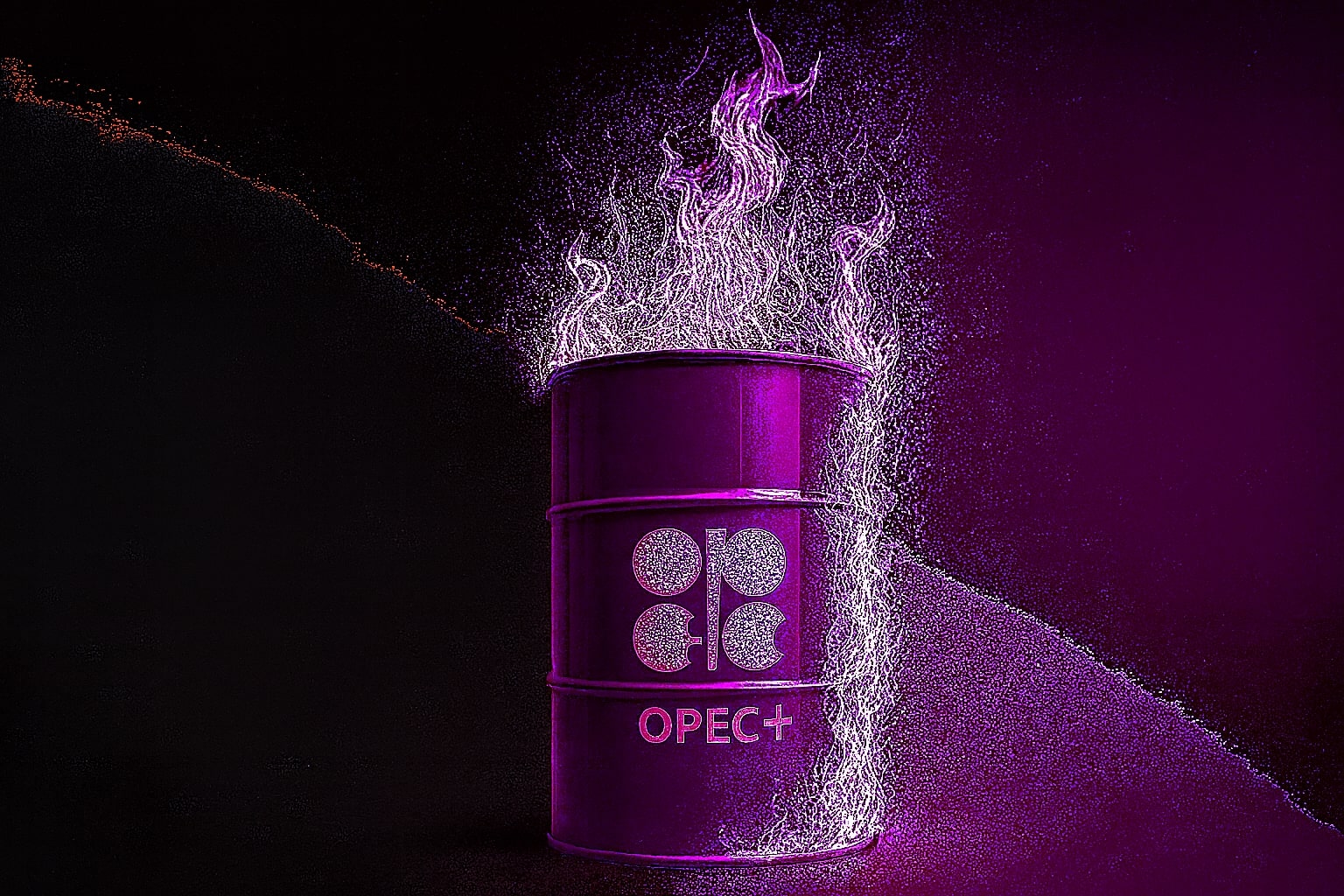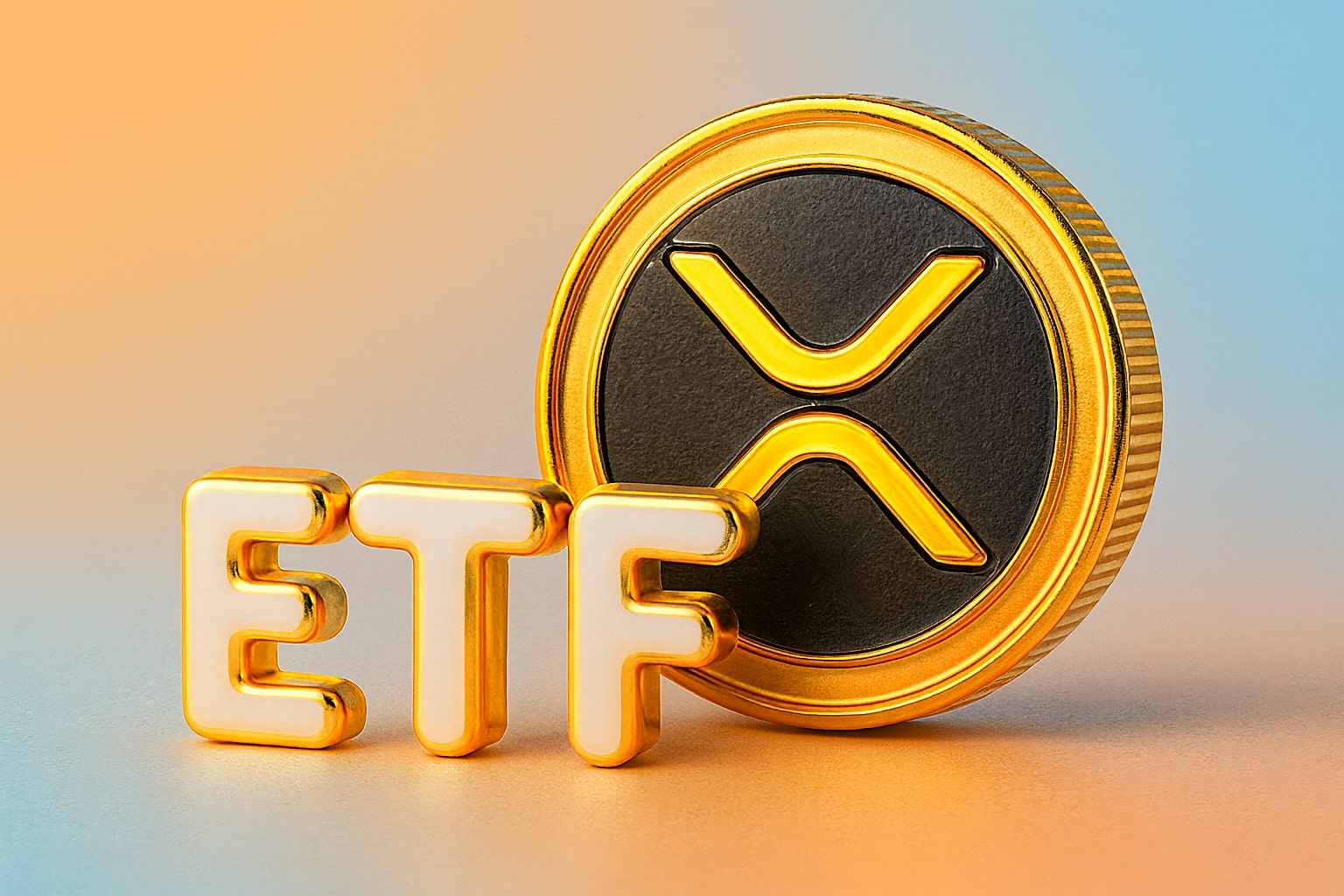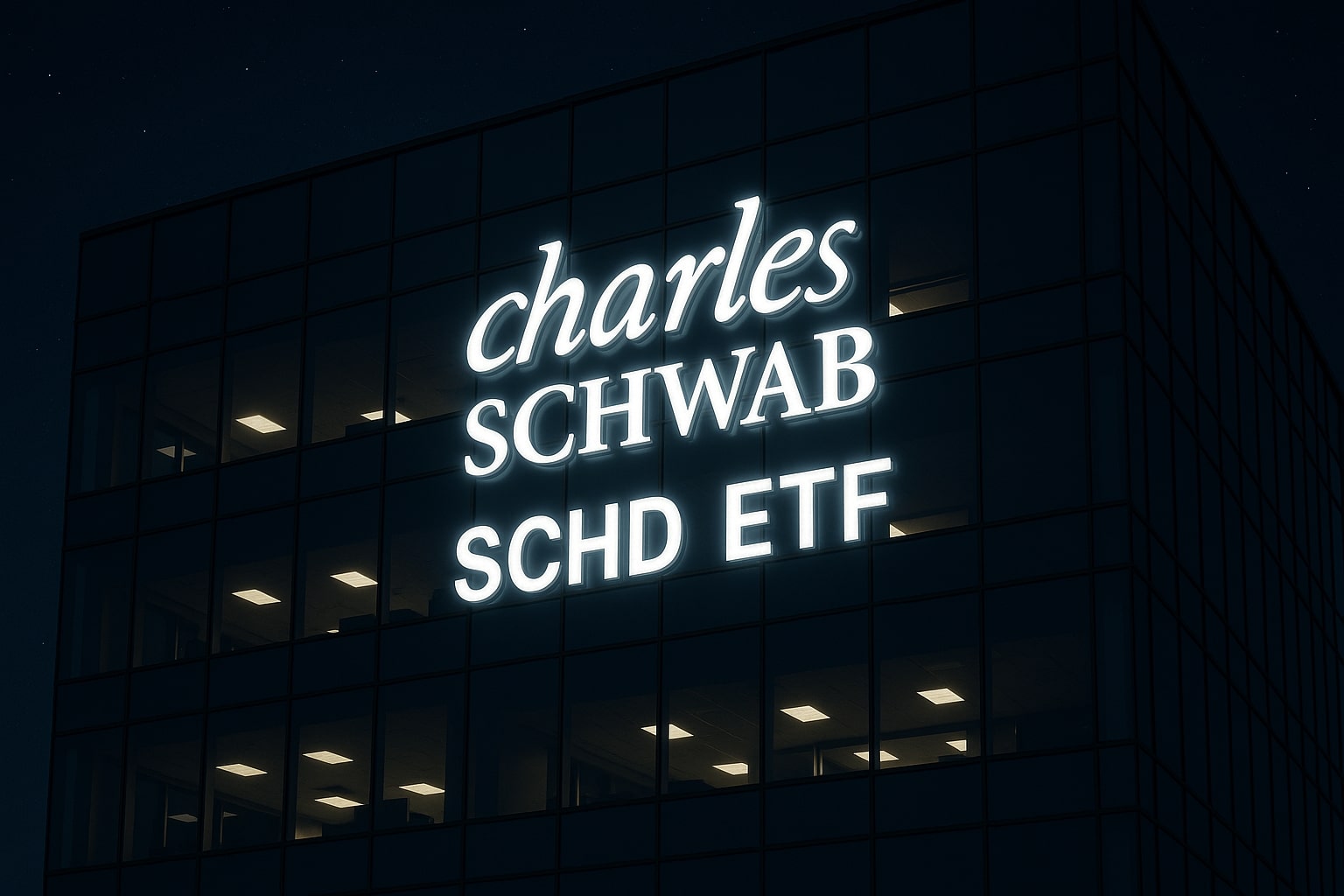
Natural Gas Rebounds Sharply on Heat-Driven Demand and LNG Flow Recovery
As NG=F eyes $4, technical rebounds, heatwave demand, and tightening global LNG flows clash with bearish storage data. Will bulls maintain control into July? | That's TradingNEWS
Natural Gas Prices Rebound Amid Demand Spike and Contract Realignment
Natural gas futures (NG=F) staged a forceful rebound, climbing 6.04% to settle near $3.73 after a punishing five-day decline driven by bearish storage reports and moderating temperatures. The reversal was largely technical, triggered by extreme oversold conditions and a contract rollover into the August prompt month. That adjustment forced short-covering and rebalancing, with the rally gaining momentum despite a fundamental backdrop of elevated inventories.
Extreme Heat Boosts Power Burn and Natural Gas Demand
Electricity consumption has surged across the U.S. as states grapple with heat indices topping 108°F. ISO-New England’s grid hit a 25,898 MW peak—its highest in over a decade—while PJM reported 44% of generation powered by natural gas. Spot prices reflected the volatility, with Algonquin Citygate spiking to $6.75/MMBtu midweek before dropping to $2.61. This demand spike triggered a swift reaction in futures, even as the Energy Information Administration (EIA) reported a 96 Bcf storage injection—far above the 88 Bcf consensus and 79 Bcf five-year norm.
NG=F Storage Concerns Create Structural Pressure
Inventories now sit 179 Bcf above seasonal norms, up 6.6% from historical averages, despite trailing 6.6% below year-ago levels. This disconnect underlines a structural oversupply risk, worsened by power generation declines. The Edison Electric Institute noted a -3.1% YoY dip in U.S. power output for the week ending June 21, totaling 91,334 GWh. Even with a 2.6% increase on a trailing 52-week basis, this short-term softness adds bearish weight.
LNG Export Recovery Offers Support Beneath Market
The U.S. remains the world’s top LNG exporter, shipping 14.8 Bcf/day in June as facilities return from spring maintenance. Though down from April’s 16.0 Bcf/d record, this rebound in feedgas demand added support. European and Asian benchmarks (TTF: $11/MMBtu, JKM: $13/MMBtu) reflect global tightness, even as domestic NG=F prices lag.
Canada’s LNG expansion, led by Shell and LNG Canada, will soon begin shipping cargoes to Asia. Alberta Premier Danielle Smith claims this could reduce emissions by displacing coal, potentially cutting 630 million tonnes annually. However, critics question whether LNG will actually replace coal or simply supplement overall energy consumption, citing infrastructure gaps and the high cost of imported LNG.
Supply-Production Imbalance and Rig Softness Raise Questions
Lower-48 dry gas output has risen to 105.6 Bcf/day, up from May’s 105.2 Bcf/day, but still below March’s 106.3 Bcf/day high. LNG demand recovery has yet to close the supply gap. Meanwhile, Baker Hughes reported a drop in active gas rigs to 109, reflecting cautious capex amid pricing uncertainty. In contrast, Pakistan and Bangladesh are reforming natural gas tariffs to attract upstream investment and secure LNG at globally indexed pricing near $5.00/MMBtu.
U.S. LNG Storage Tanks and Baseload Growth Signal Long-Term Confidence
States like Wisconsin are investing heavily in natural gas infrastructure, including liquefied storage tanks and new baseload power plants. We Energies’ $1.8 billion expansion—approved unanimously—includes two new gas-fired plants to offset coal retirements and support data center energy demands. Nationally, natural gas powers 43% of utility-scale electricity, with another 27 GW in development through 2030.
Global Market Realignment: LNG Indexation Gains Ground
The International Gas Union’s 2025 report notes a dramatic shift in LNG pricing structures. Gas-on-gas (GOG) pricing now dominates 49% of global trade, up from 31.5% in 2005. Oil-price escalation mechanisms have fallen to just 18.5%. Europe’s market reflects this best: 97% of pipeline and LNG imports now float on GOG pricing. Asia is also shifting rapidly. This evolution boosts transparency, allowing NG=F to benefit from arbitrage opportunities without long-term price lock-ins.
Geopolitical Risk Softens But Isn’t Gone
While the Israel-Iran ceasefire has lowered immediate LNG disruption risk, supply remains fragile. Israeli exports to Egypt have resumed but remain subdued at 200 million cubic feet/day, far below the pre-conflict 800 million. Egypt’s industrial output was hampered during the shortfall, and gas prices for heavy industry may rise to reflect LNG import premiums.
Buy, Sell, or Hold? NG=F Faces Crossroads
With structural oversupply and above-average storage battling bullish heat-driven demand and LNG export strength, NG=F enters a technical tug-of-war. If the July heat wave intensifies and LNG flows stay firm, futures could reclaim $4.00. However, a moderation in temperatures or stronger-than-expected injections may pull prices back toward $3.25. Based on the data, NG=F is a HOLD, with potential for a bullish breakout only if demand conditions tighten and global LNG premiums persist into August.
That's TradingNEWS
Read More
-
SCHD ETF Price at $27: Can SCHD’s 4% Yield and 9.15% Dividend Growth Beat High-Yield Covered Call ETFs?
15.12.2025 · TradingNEWS ArchiveStocks
-
XRP ETFs Close on $1B Inflows as XRPI at $10.92 and XRPR at $15.52 Hit 52-Week Lows
15.12.2025 · TradingNEWS ArchiveCrypto
-
Natural Gas Price Forecast: NG=F Holds the $4 Floor as Oversupply Clashes with 2026 LNG Demand
15.12.2025 · TradingNEWS ArchiveCommodities
-
USD/JPY Price Forecast - Dollar to Yen At 155: Yen Strength Builds As BoJ Hike And NFP Collide
15.12.2025 · TradingNEWS ArchiveForex



















